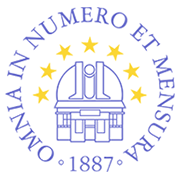Project MOBY: Unveiling the Origins of Binary Black Holes Connected to the Emission of Gravitational Waves
In the spirit of the increasingly intensive exploration of the Universe, which scientists across the globe are passionately pursuing, a team of researchers from Serbia has decided to attempt to replicate the evolution of massive binary stars, potential sources of gravitational waves.
Led by Dr. Jelena Petrović, a scientific advisor at the Astronomical Observatory in Belgrade, Serbia, this five-member team will study binary systems under the project acronym MOBY (MOdeling BinarY Systems That End in Stellar Mergers and Give Rise to Gravitational Waves), funded by the Science Fund of the Republic of Serbia from 2024 to 2027.
What Is Project MOBY?
The research team will simulate the evolution of such stellar systems using the numerical code MESA (Modules for Experiments in Stellar Astrophysics). This code will allow them to create detailed models of massive binary systems with stars ranging from 100 to 250 solar masses, aiming to reproduce resulting black holes with masses exceeding 50 solar masses.
The primary focus of the research will be on close binary systems with varying metallicities. Astronomers refer to all elements heavier than hydrogen and helium as "metals," and metallicity is defined as the metal or heavier element content in a star. This study will consider stars with diverse metal levels.
By using the MESA evolution code, the research team will calculate around 1,000 different binary system models with various initial parameters. When scientists determine the carbon-oxygen core masses in these stars and infer the expected black hole final masses, they may also explain the dependence of these masses on the initial parameters of the modeled systems.
What Does Project MOBY Look Like in Practice?
These systems start their lives as hot blue-white stars with surface temperatures exceeding 30,000 Kelvin (K). They continue their life path by evolving into Wolf-Rayet+O binary systems through mass transfer. Eventually, after two supernova explosions, they conclude as compact binary systems consisting of two black holes.
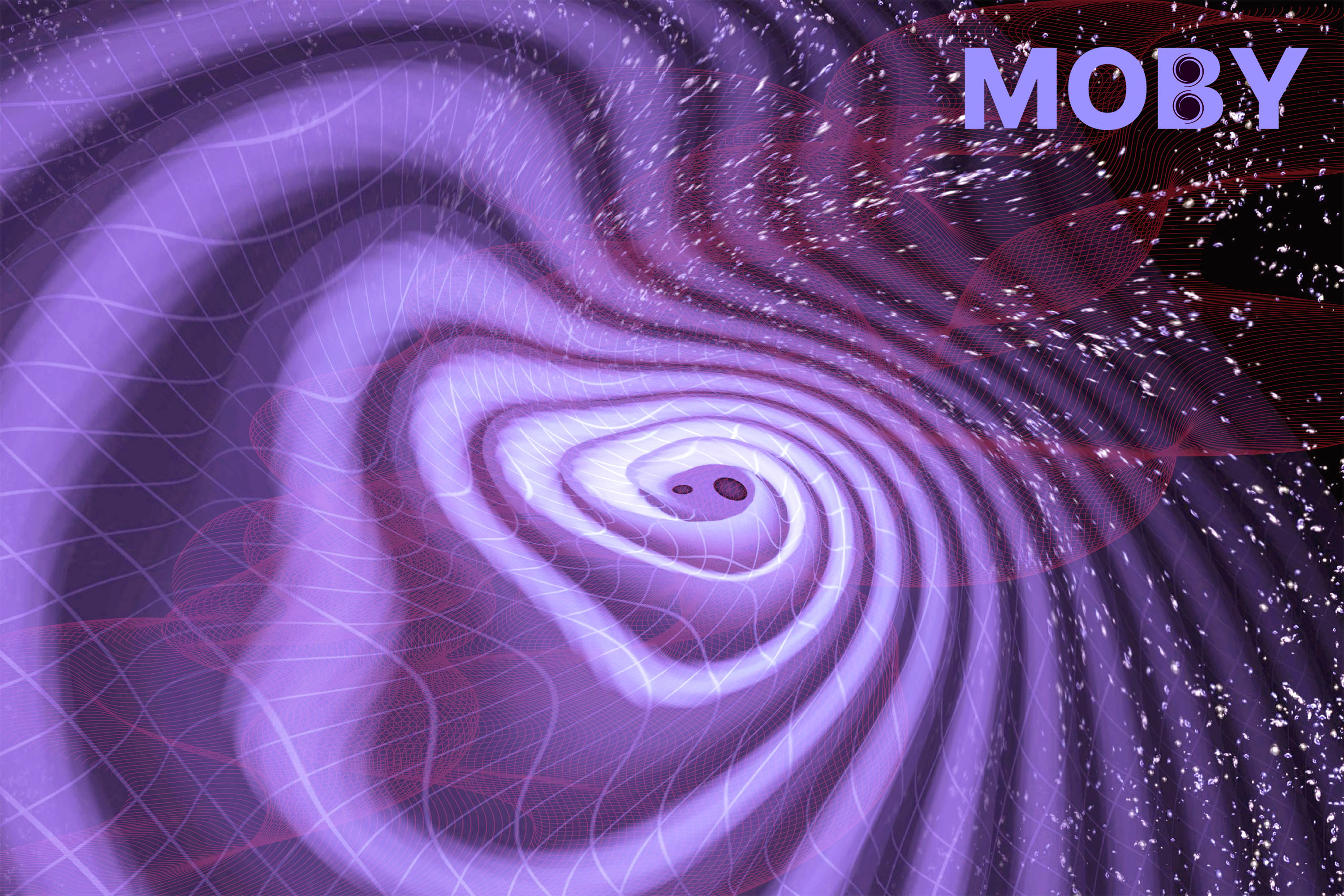
The final evolutionary models produced with the MESA numerical code will then be compared with the observations from the LIGO and Virgo to describe the evolution of the most massive double black hole systems—potential gravitational wave sources—as accurately as possible.
Gravitational wave detectors use laser interferometry to measure tiny spacetime disturbances caused by passing gravitational waves, resulting from catastrophic cosmic events like neutron star or black hole collisions.
Across the ocean in Europe, a similar technological marvel exists: Virgo, a gravitational wave detector located within the European Gravitational Observatory (EGO) near Pisa, Italy. In August 2017, Advanced Virgo completed its upgrade and joined the LIGO detectors in searching for cosmic phenomena. So far, the Advanced LIGO and Advanced Virgo network has identified almost one hundred gravitational wave events.
In practice, and as the final goal of Project MOBY, by using modeling and telescope data, the Serbian project team expects to be able to explain the origins of binary black holes.
These results will be published in scientific journals and presented at relevant conferences. In addition, the resulting models will be publicly available in an open database, accessible to all researchers in this field.
Who Makes Up Project MOBY?
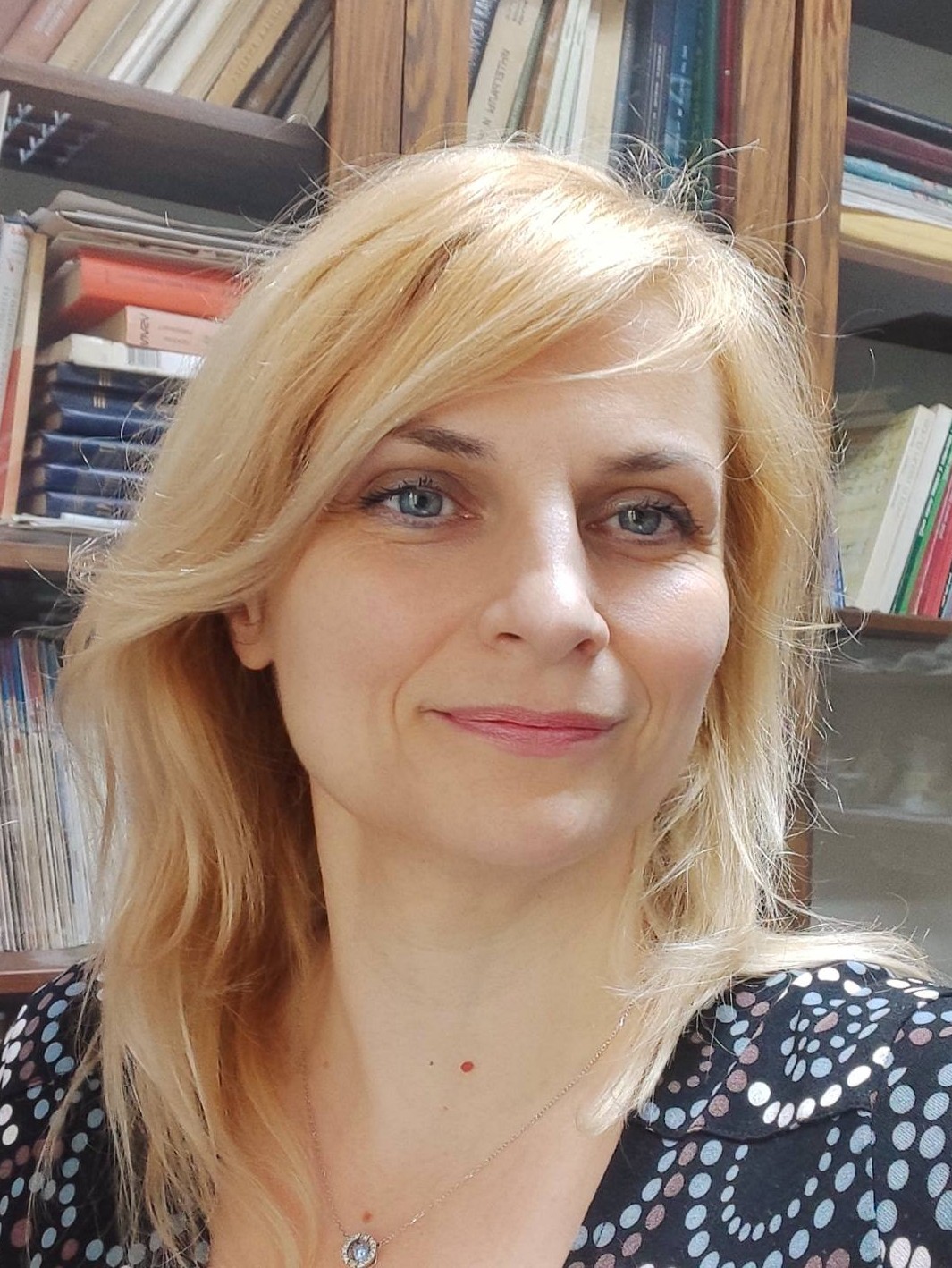
Dr. Jelena Petrović
Principal Research Fellow,
Astronomical Observatory
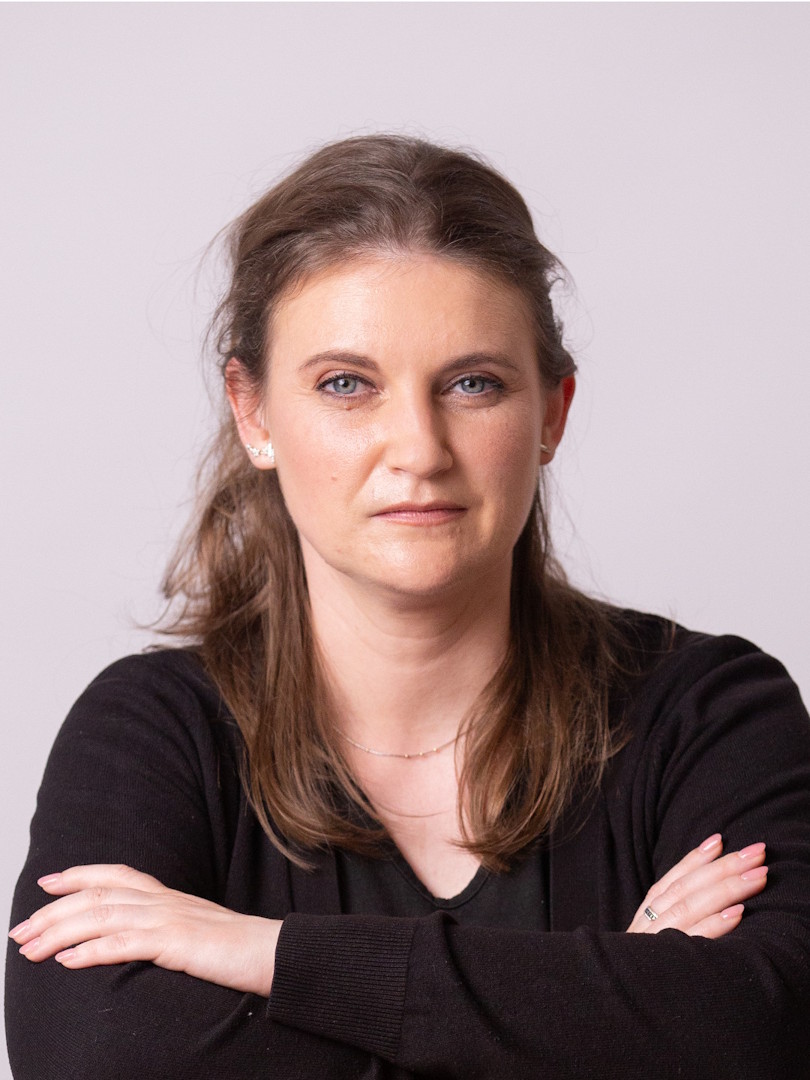
Dr. Monika Jurković
Astronomical Observatory

Dr. Ana Mitrašinović
Astronomical Observatory
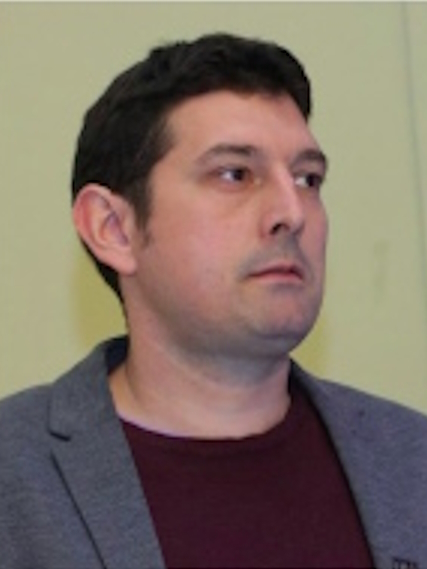
Prof. Dr. Bojan Arbutina
Faculty of Mathematics

Dr. Gojko Đurašević
Astronomical Observatory
Dr. Monika Jurković has experience with the MESA code and years of experience in promoting astronomy. Her research focuses on understanding pulsating variable stars. She actively promotes astronomy in Serbia, appearing on various TV and radio shows, and was a finalist in the 2011 "FameLab" competition for Serbia's best science communicators. From 2020 to 2024, she served as the International Astronomical Union's National Coordinator for Astronomy Outreach in Serbia.
Dr. Gojko Đurašević is a globally recognized expert in modeling close binary systems and mass transfer between system components. Since 1980, he has been employed as a researcher at the Astronomical Observatory in Belgrade. His doctoral dissertation resulted from his scientific training at the Byurakan Astrophysical Observatory of the Armenian Academy of Sciences (then part of the USSR) and Moscow State University's Lomonosov Sternberg Astronomical Institute.
Each team member has the expertise necessary for the proposed work packages, and their complementarity and synergy ensure that the proposed tasks will be completed, and the project will be fully realized.
What Benefits will Project MOBY Bring to the Scientific Community?
Gravitational wave sources are currently a hot topic in the global scientific community. All research groups trying to determine the exact sources of these waves will benefit from the MOBY project results.
Thousands of researchers around the planet are currently studying stellar evolution, both from theoretical and observational perspectives. The detailed binary system models to be calculated by the MOBY project will be useful for them, as well as for researchers of various objects such as Ib and Ic supernovae, Wolf-Rayet+O type binary systems, binary systems detectable in the X-ray part of the spectrum, gamma-ray sources, progenitors of gravitational wave sources, and so forth.
On the other hand, all obtained data will be available to interested researchers via an online platform, which will be highly beneficial. This library of numerous highly detailed evolutionary models can serve as a basis for many master's and doctoral theses.
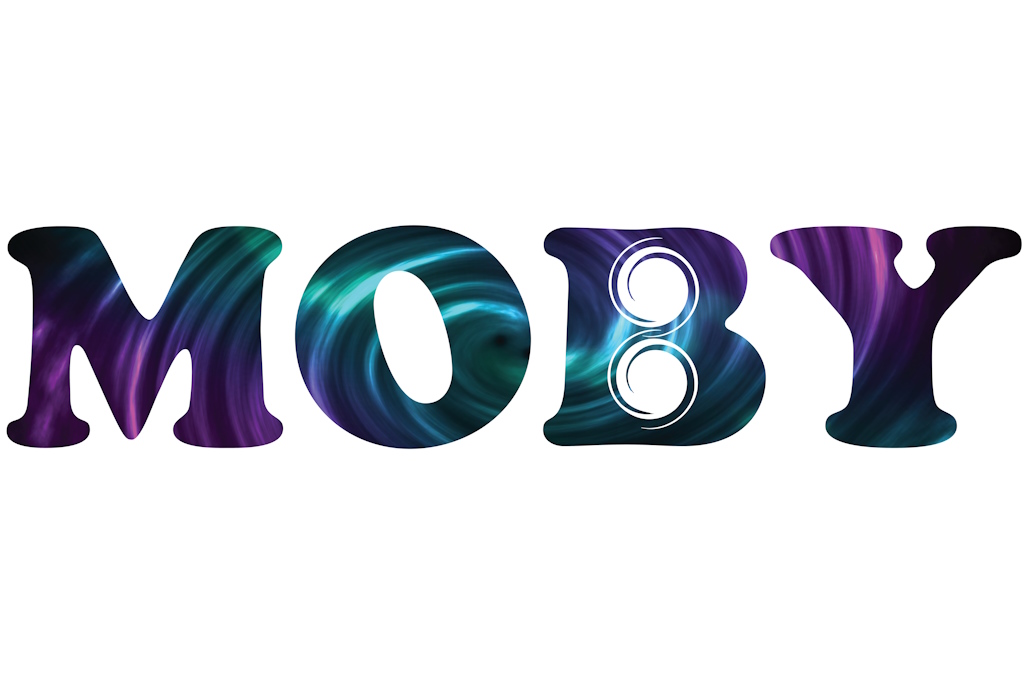
The team members plan to continue modeling binary systems using the MESA evolution code, hoping to involve an increasing number of young students.



